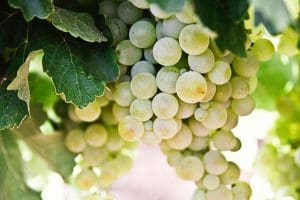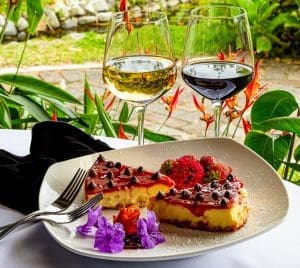
Dessert wines are not in style. With the exception of when I am looking to create a specific recipe pairing, or when I am looking for a unique digestif to accompany a cigar, I never drink them. If I walk into the local shop, I would never throw one into the basket as part of my regular weekly routine. Most Sauternes dessert wines are expensive, and on a special shelf behind the counter anyways. It really was a long time ago that the demand for sweet wines led to the styles we are left with today, generations removed from their height of fashion. There was actually a time when the sugar in some wines was considered a nutritious health benefit. Fortunately this category, and Sauternes in particular, is one of the most purely delicious of wine styles, and even with some high prices can be considered good value.
Appreciating Sauternes beyond its delicious tropical fruit flavours does require a bit of education. Sauternes has a great ability to age over the span of decades, and when mature becomes a much more flexible option to serve with a variety of foods. Serving fine cuisine with old dessert wine may sound bizarre, but the secret to matching Sauternes and food is to give it the proper treatment in the cellar, which means many years for the wine to mellow, take on extra characteristics, and lose its overt sweetness. Mature Sauternes behaves somewhat like a mature white Burgundy or Riesling in some respects, in that it puts on weight while becoming more drinkable as it reaches a peak. While I have tasted mature Sauternes several times at tasting events, recently I opened one of the first wines I purchased for my own cellar, 1999 Chateau Coutet(1/2 bottles) and enjoyed it with one of the classic food/wine pairings – Creme Brulee. While the flavours of the two were less similar than I expected, the creaminess of the brulee definitely gave a framework to the not so subtle aromas that had developed in bottle.


Sauternes is actually a natural product, in that sugar is not added to create a sweetness in the wine, but a specific fungus which naturally occurs in the vineyards (Botrytis, it occurs on strawberries as well) and causes the water to leach out of the grapes but leave the other parts of the Sauvignon Blanc and Semillon grapes intact. The fungus actually makes its way into the wine in very subtle quantities, adding an earthy complexity not unlike a truffle scent. Because there is so little juice left in the grapes, often less than a glass of wine is produced from an entire vine in some years. The fruity aromas of peach and apricot are dominant when the wine is young and exuberant and still very intense in its sweetness. As the age creeps in, the sweetness fades along with some of the tropical notes and the fruit from the grapes, smoky from the oak barrels, and earthy from the fungus all come together in a glorious perfume that is in some ways hard to describe, but is akin to a carnival combination of roasted nuts and fresh caramel apple pie with nutmeg. It is as delicious as it sounds, and is available for less than the price of comparable red Bordeaux wines. What are you waiting for?




